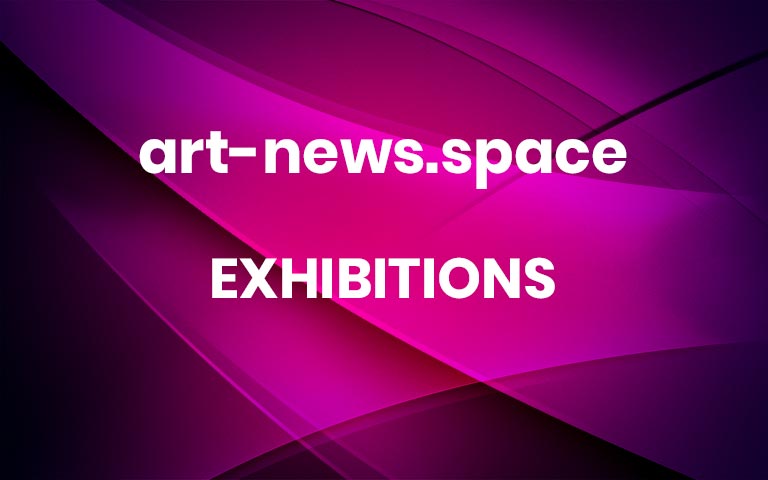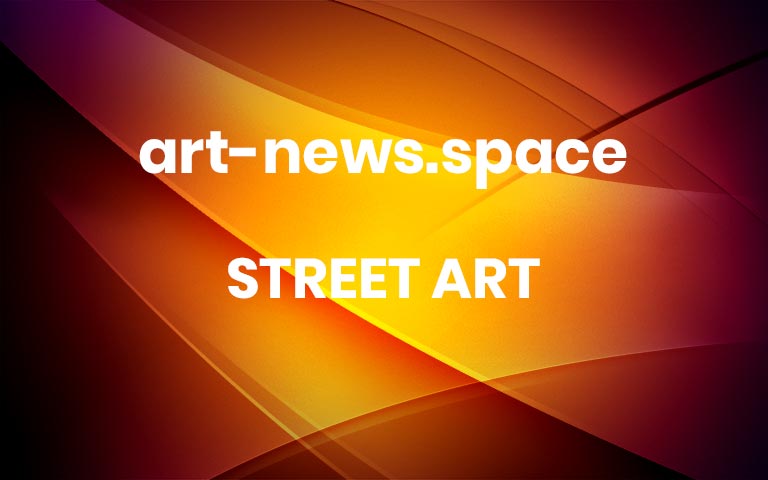In Pictures: See Gilded Manuscripts That Span 1,500 Years in a New London Exhibition About Gold and the Written Word
Whoever said you can’t judge a book by its cover never had the experience of beholding a truly illuminated manuscript, adorned with (no small amount) of solid gold. A new exhibition at the British Library in London—titled, simply, “Gold”—brings together a selection of 50 gilded books, scrolls, and documents drawn from 20 countries and spanning 1,500 years.
The objects on display literally radiate, and beyond being important texts—both religious and political treatises are on display—they are awe-inspiring in and of themselves. Even the word for the art of writing in gold, “chrysography,” sounds like an incantation.
The variation in size and technique is also impressive, ranging from a narrow strip of solid gold measuring more than 6.5 feet long inscribed with a treaty between the Zamorin of Calicut and the Dutch dating to the 17th century. It is only on close inspection that you can actually make out the script, written in the Dravidian language of Malayalam—but there it is, etched in solid gold.
There is also a 13th century Quran bound in deep red leather with the earliest known example of gold tooling, and the Queen Mary Psalter from the 14th century, one of the most extensively illustrated and gold-detailed biblical manuscripts of all time.
“For centuries, gold has been fundamental to makers across the world for embellishing the written word,” the show’s co-curator Eleanor Jackson said in a statement. “Many of these objects were originally owned by royalty, and they would have been seen by only a select few. We are so pleased to be able to bring them together on public display for everyone to enjoy.”
Below, see more objects from “Gold: Spectacular Manuscripts from Around the World” on view at the British Library through October 2, 2022.
Treaty between Calicut and the Dutch inscribed in Malayalam on a strip of gold over two metres long, India, (1691). Courtesy of the British Library.
The Harley Golden Gospels, Carolingian Empire, (ca. 800). Courtesy of the British Library.
The Golden Haggadah, Northern Spain, (ca. 1320). Courtesy of the British Library.
A rare copy of the Lotus Sutra in a lavishly decorated scroll with gold and silver ink, Japan (ca. 1636). Courtesy of the British Library.
Charter and Gold seal of Emperor Baldwin II, Netherlands, (1269). Courtesy of the British Library.
Quran containing the earliest known example of gold tooling on a leather binding, Morocco, (1256). Courtesy of the British Library.
A tiny octagonal Quran from Persia bound with gold and contained in a jade case, 1(6th or 17th century). Courtesy of the British Library.
The Queen Mary Psalter, London, (early 14th century). Courtesy of the British Library.
Kinzan emaki illustrated scroll of gold mines, Japan, (ca. 1810-1820). Courtesy of the British Library.
Gold seal of Emperor Baldwin II Netherlands (1269). Courtesy of the British Library.
Illuminated tughra or name of the Ottoman sultan at the top of a land grant, Romania (1628). Courtesy of the British Library.
Follow Artnet News on Facebook: Want to stay ahead of the art world? Subscribe to our newsletter to get the breaking news, eye-opening interviews, and incisive critical takes that drive the conversation forward. More



